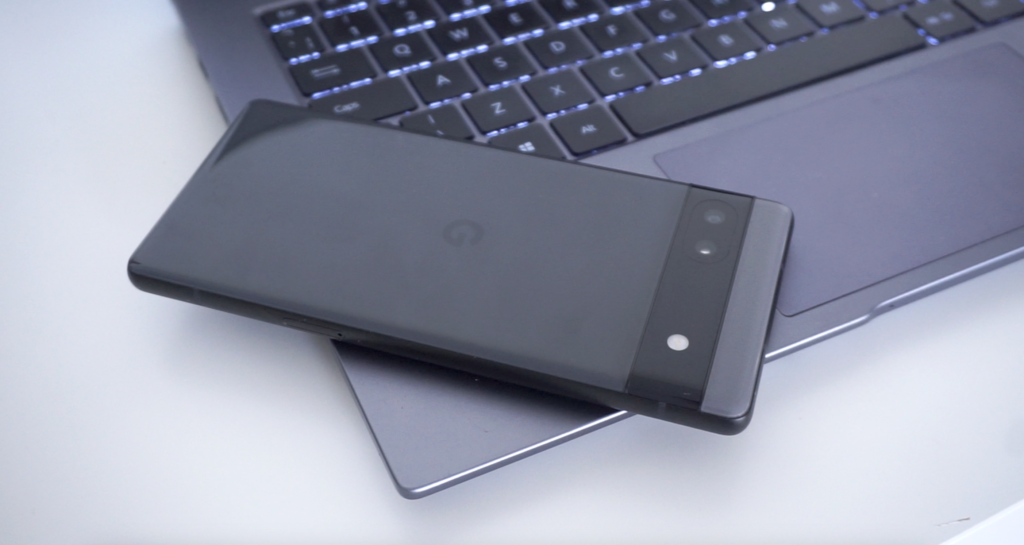It’s once again time to see what Google has been cooking up, as the company has finally announced the first beta build of Android 14, the much awaited sequel to Android 13. Based on the timeline Google has given, we can expect the full stable version of the OS to be available to the public sometime after July.

As such, the OS is finally out of its developer preview phase, and in case you were wondering what to expect, here are a few changes that Beta 1 brings.
Different Display Sizes and UI Changes
Android 14 continues in pushing for better adaptability to different screen sizes beyond smartphones, with tablets and foldables now thrown into the mix as well. Building on developments made in earlier builds such as Android 12L, 14 Beta 1 allows developers to improve app experiences for users on larger devices.

Android 14 also seeks to implement a smarter system UI, to make control and navigation more seamless for users. Elements such as gesture control now includes a more prominent back arrow when swiping during app usage, and also compliments user-selected wallpapers and themes. Apps can now also add custom actions to sharesheets, with tools provided for developers to put this into action.
Personalization and Privacy
Android 14 also brings enhancements to per-app language preferences, meaning that the set of languages displayed in the Android Settings per-app language list can be customised, which will give IMEs a way to know the UI language of the current app.
Additionally, Android 14 introduces the accessibilityDataSensitive attribute which allows apps to limit visibility of specified views to accessibility services that claim to help users with disabilities. Apps can use accessibilityDataSensitive to protect user data like personal details, and prevent critical actions like cash transfers and store checkouts from being executed unintentionally.
How to Enroll in the Android 14 Beta

Users can enroll in the Android 14 Beta to see what changes they can expect, although it should be noted that the Beta version is of course unstable and might come with performance issues and bugs. With that said, The following devices are compatible with the Android 14 Beta:
- Pixel 4a (5G)
- Pixel 5 and 5a
- Pixel 6 and 6 Pro
- Pixel 6a
- Pixel 7 and 7 Pro
To proceed, users will need to sign into their Google account to view which of their devices are eligible for the Beta software. Upon opting in a device, a user will then be prompted to select the beta program they’d like to enroll in, after which they’ll need to accept the Android Beta Program Terms of Service.
Should a user wish to roll back to a stable Android build, they’ll need to wipe their device beforehand, and it is recommended that they back up any important files and data from their device. not doing so prevent users from un-enrolling to a stable public version of Android.





1 Comment
Pingback: New Android 14 Beta Update Goes Live